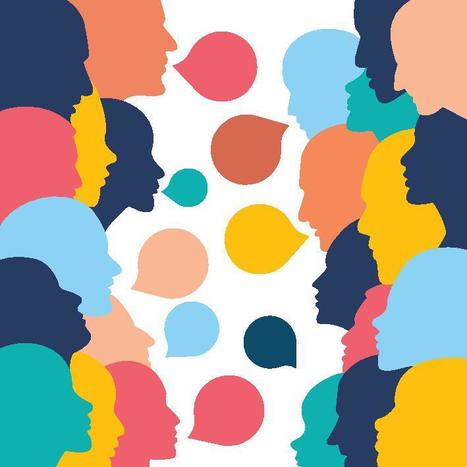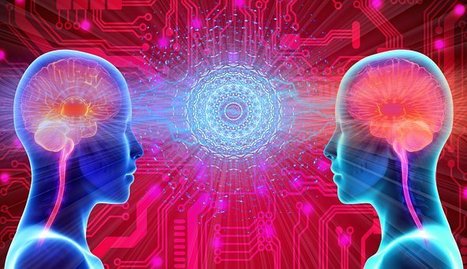
Here are 10 things I believe you should know about the future of social media:
Influencer Marketing: Influencer marketing is likely to continue to be a focus of social media, with businesses engaging social media personalities to promote their brand and products.
Shoppable Posts: Instagram and other platforms are increasingly incorporating shoppable posts, enabling users to explore and purchase products directly from the platform, thereby amplifying e-commerce capabilities.
Video Content: Video content is becoming more popular on social media, with platforms such as TikTok and Instagram Reels targeting younger audiences, emphasizing bite-sized video content.
Augmented Reality & Virtual Reality: AR & VR will continue to be integrated into social media, allowing for more immersive and interactive experiences.
Increased Personalization: Enhanced algorithmic capabilities will continue to personalize content, facilitating what users see and interact with.
Augmented Reality Filters: AR filters and lenses are becoming more popular for platform users, providing marketers with a fun and interactive tool for social media campaigns.
Social E-Commerce and Online Communities: Social commerce and online communities will continue to merge, bringing social media platforms closer to becoming a one-stop-shop for interactions and transactions.
Livestreaming: The popularity of livestreaming on platforms like Facebook and Instagram will continue to increase, creating more real-time engagement between brands and their followers.
More Private and Personal Communication: The trend towards more private and personal messaging is expected to continue, with users seeking intimate messaging experiences over public broadcasting modes.
New Platforms and Technologies: As the social media landscape continues to evolve, we can expect new platforms and technologies to emerge, presenting new opportunities and challenges for businesses.
Overall, the future of social media is likely to be more interactive, immersive, and personalized. Businesses should be dynamic and flexible, stay on top of evolving societal and technological changes and engage more transparently with their users.
Companies must take more agile approaches to align their communication objectives with emerging platforms and technologies, to continue to thrive on social media and adapt to the needs and expectations of their target audience.



 Your new post is loading...
Your new post is loading...










